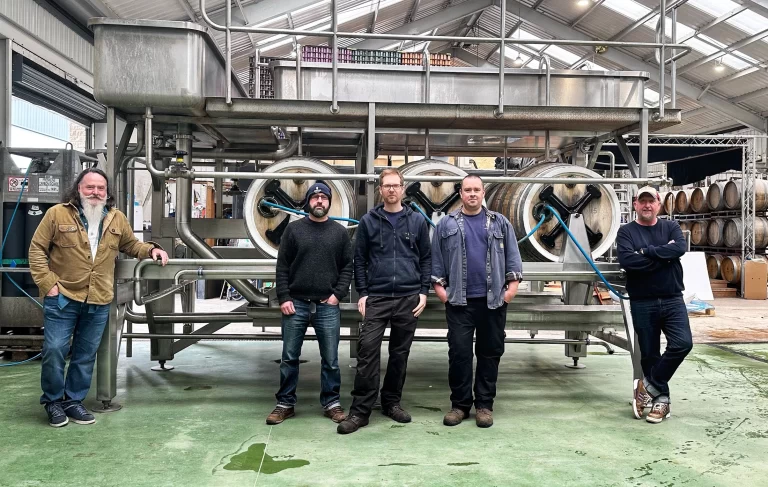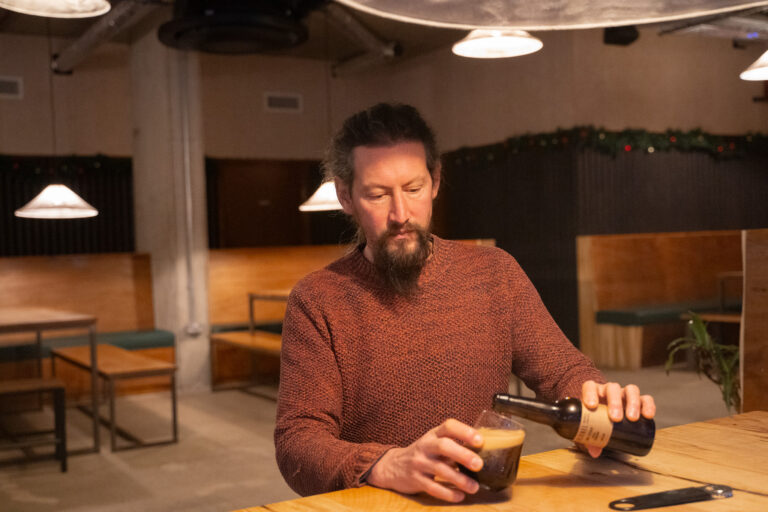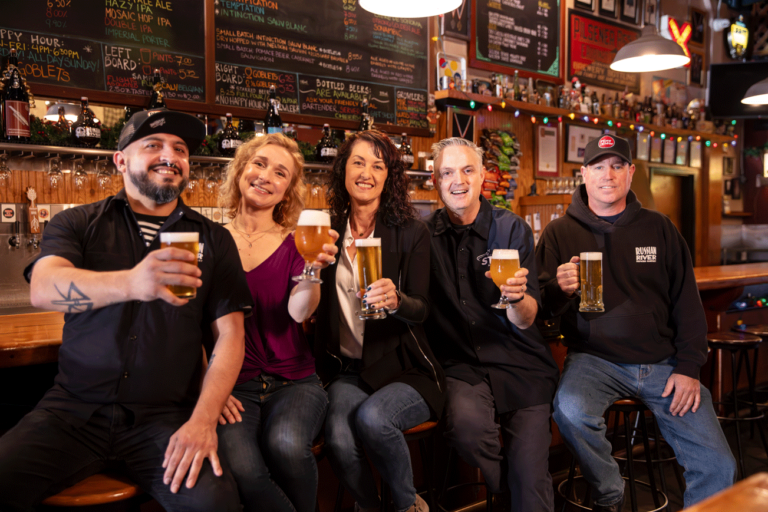A changing drinking landscape means a lot of things but for Robin Appel, managing director of Warminster Maltings, it should encourage us, more than ever, to discuss and appreciate the provenance of the malt we use in our beers.
When Marston’s announced that they are to cease brewing in July, there was much protest and gnashing of teeth at CAMRA. Surely, for the last four years, the writing has been on the wall. Thirty years ago, and at that very same time of the year, I used to have a daily dialogue with Bill Potts, who worked alongside Paul Bayley, Marston’s head brewer.
The conversations were all about the crops of Maris Otter barley coming up for harvest, crops which had been grown specifically for Marston’s.
This dialogue normally culminated at the end of July, on a Sunday morning, with a very long phone call when Bill assigned each of the parcels of barley to a particular ‘floor maltings’. Bill had 6, including Warminster, that were serving him in those days.
This was when I would make a beeline for a well kept pint of Pedigree, fermented across those iconic Burton Union sets.
At the same time as Marston’s recent announcement, an edict was issued to all vineyards in the Champagne district of France, commanding them to harvest no more than 80% of their grapes this year.
Following an unprecedented rise in consumption during Covid, sales of the ‘bubbly’ have apparently now crashed.
Then, following this, we learn that the award winning Gusbourne wine estate in Kent – one of the last producers still listed on the London Stock Exchange – has hoisted a “for sale” sign. It seems that global consumption of all wine is declining too.
So what are people drinking instead? According to my agent in North America, the craft brewing sector over there has been nudged aside in favour of spirit based cocktails. I am not sure I have detected that trend here at home. What I do believe I am witnessing, is an even wider appreciation of our craft Beers.
So mourn the demise of Marston’s if you must, and gloat about the wine, but surely, all this creates a wider opening where craft beer can continue to excel? So, is there anything the latter might learn from the former, that could reinforce craft beer’s appreciation ratings?
Starting with Marston’s, craft brewers have already added alternative capacity, and all with ‘artisan’ status, delivering beers that are brewed with passion, liked they used to in Burton-on-Trent. But, there is something else. Marston’s used to believe in this, and the wine sector is all over it too. It is talked about a lot these days in the food and drinks business. The word is Provenance!
“When I was a young man, when handed a wine list in a restaurant, I was completely baffled. I did not know one Chateau from another, and my only guide was the price.” Robin Appel, Warminster Maltings
When I was a young man, when handed a wine list in a restaurant, I was completely baffled. I did not know one Chateau from another, and my only guide was the price.
Then the New World wines came along, and they named the grape! Suddenly, like so many others, I’m sure, I became a bit more informed, and better satisfied. Craft brewers choose to name their hops, but as I have quipped before, hops are really only the garnish. “The body of beer” – the malt – unless it is Maris Otter, rarely gets a mention.
The U.K. malting industry is not overly helpful here, most of them do not want to talk about the variety of the malt either. They are concerned that should customers discover a preference, then that might clash with procurement programmes, going forward.
And farmers, for the most part, have no direct feedback from brewers, so remain purely guided by plant breeders and an annual Recommended List. Of course, attempts to align this supply chain will always be condemned as a significant increase in the cost of the malt, and brewers, understandably, will probably then step away.
But ‘Provenance’ is more than just the varieties of malt and hops, it is, in particular, “geographical indication”. Where the malt and hops have come from. Of course, straight away, the hops can present a dilemma.
Yes, worth shouting about if they have been grown in Kent, not so, if they have been sourced from the other side of the world. Malt, however, although not exclusively, will almost certainly be of British origin.
More precisely, for most, it will be English. But if a brewer wants more than that, we are back to the same problem that the variety of barley can present.
But that is insufficient excuse for not doing something, and at least declaring “brewed with English Barley Malt” would be a start. After all, English malting barley does have some outstanding virtues – it has a low carbon footprint compared to most other agricultural crops, it’s straw is a valuable feed stock, and it is far more tolerant of our increasingly “maritime” climate! But most of all, as Friar Tuck supposedly claimed, barley is “intended for a divine means of consumption”! So, brewers please, why not talk about it?








